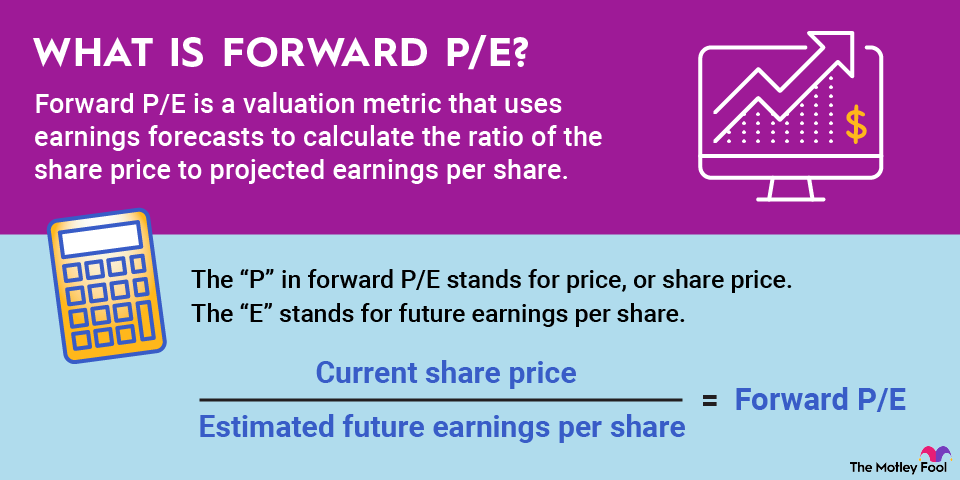Business owners are often responsible for paying federal unemployment tax on behalf of their employees, thanks to the Federal Unemployment Tax Act (FUTA). Read on to learn more about what this is and how it works for both employees and employers.

What is FUTA?
The Federal Unemployment Tax Act (FUTA) is the law that allows the IRS to collect federal taxes from employers to fund state workforce agencies. This tax is used to cover the cost of administering unemployment insurance, as well as state-level job service programs. In addition, this provision covers half of the cost of extended unemployment benefits during periods of high unemployment.
FUTA does have a state-level counterpart, called SUTA (State Unemployment Tax Act). Unlike FUTA, SUTA is used solely to pay unemployment benefits, with none of the funds allocated to administrative costs. Although administration is obviously necessary, this allows the people of each state to pay their own state-level benefits.
Who pays FUTA taxes?
Employers pay FUTA taxes for their employees; employees never pay FUTA taxes directly. There are some exemptions, however. These include:
- Businesses that have paid less than $1,500 in wages during each calendar quarter during the current and previous calendar years.
- Businesses that have no employees who have worked for at least part of a day for 20 or more different weeks in the current or previous calendar years.
- Households that pay household employees less than $1,000 each quarter.
Agricultural employers, such as farms, have different rules entirely and are only subject to FUTA taxes if they paid more than $20,000 in wages to all farmworkers during any calendar year or employed 10 or more farmworkers for at least part of a day during at least 20 weeks of a calendar year.
FUTA versus FICA
FUTA taxes may be confused with FICA, but they're not the same. Money set aside under FICA, otherwise known as the Federal Insurance Contribution Act, is intended to fund Social Security and Medicare benefits. FICA is also split evenly between employers and employees, so there's not as much burden on the company.
Although both FUTA and FICA pay for benefits programs for workers, they fund different programs with different goals. Employees are likely very familiar with their FICA deductions, since they appear on every paycheck stub. However, they may not realize that their employer is also paying FUTA taxes on their behalf.
How to calculate FUTA taxes
You need to know a few key things to calculate how much FUTA tax your business will pay, including:
- How much money you paid to each employee: FUTA taxes apply only to the first $7,000 of quarterly payments to an employee, excluding exempt payments.
- The FUTA tax rate: Currently 6%.
- The tax credit you're eligible to receive: This can be up to 5.4% of the FUTA tax-liable amount if your company pays SUTA taxes in full and on time.
Once you have that information, it's pretty simple to calculate in most cases.
For each employee, you're responsible for FUTA taxes for up to $7,000 in wages per quarter. We'll provide two examples, one above and one below that threshold, where you're eligible to receive the maximum tax credit.
Employee A made $10,000 during the quarter; Employee B made only $5,000.
FUTA tax liability = [employee's wages x 6%] - [eligible Tax credit x 5.4%]
Example 1
For Employee A, who made $10,000, it looks like this:
Quarterly FUTA = [$7,000 x 6%] - [$7,000 x 5.4%]
Quarterly FUTA = $420 - $378
Quarterly FUTA for Employee A = $42
Because Employee A made more than the maximum taxable income for FUTA, you only calculate it to that amount, which, in this case, is $7,000 per quarter.
Related investing topics
Example 2
For Employee B, it looks a bit different:
Quarterly FUTA = [$5,000 x 6%] - [$5,000 x 5.4%]
Quarterly FUTA = $300 - $270
Quarterly FUTA for Employee B = $30
FUTA is required to be paid quarterly, but if you annualize this figure, Employee A would have $168 paid on their behalf and Employee B would have $120 paid on their behalf.



















